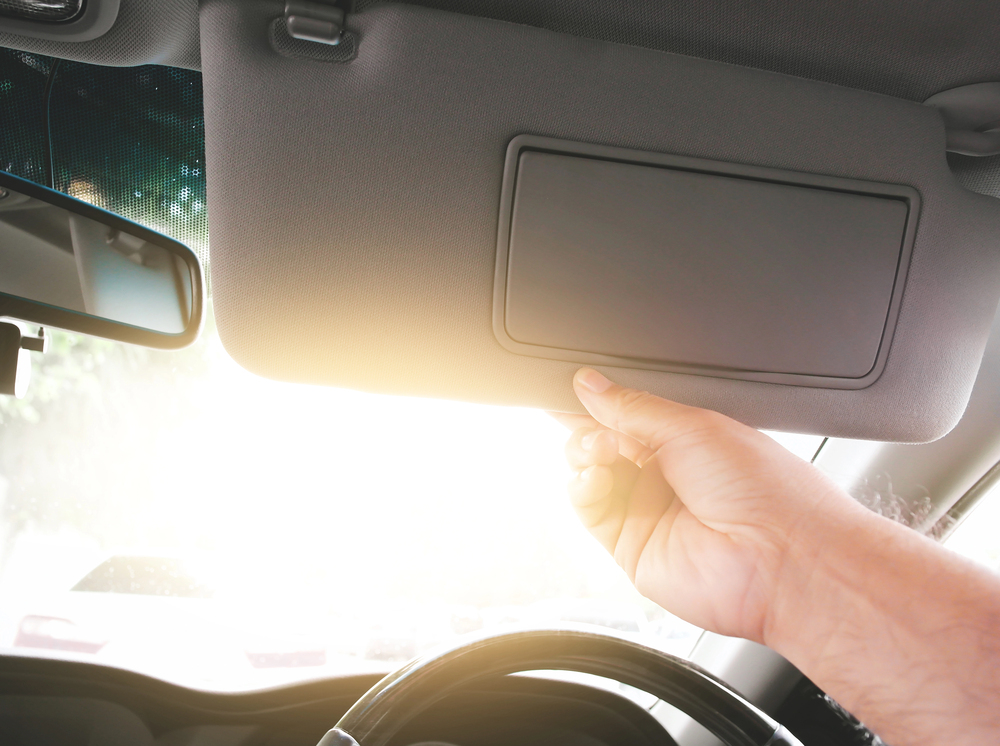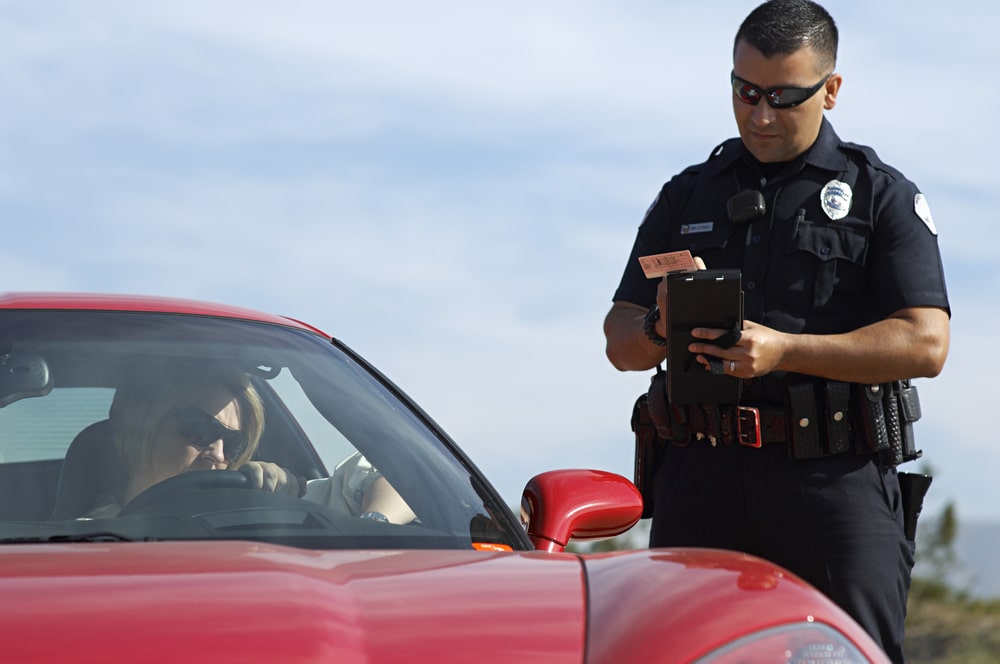How to Instantly Check Vehicle Lien Status Online
Artak Sahakyan
Created by: Sep 18, 2025
|
Modified by: Nov 07, 2025

When you buy a used car, one small detail can change the whole deal: a lien. If there is an active lien, the lender still has a legal claim to the vehicle. What this means is that the car is not fully yours yet, and the car can’t be transferred to the new owner until that lien is released. In most cases this means that the seller must pay off the debt owed to the lienholder first. Skipping the lien check prior to buying a used vehicle can mean potential ownership claim issues, which can result in loss of the vehicle as well as financial losses. You can avoid some of the uncertainty that comes with buying a used vehicle with undeclared liens. By conducting a lien check, you can avoid unnecessary headaches, legal battles, registration delays, extra paperwork and financial losses.
You can run a vehicle lien check easily online; it only takes a few short minutes. Using the CarValid VIN check, you can uncover the vehicle’s full history, including liens, loan amounts, sale history, lienholder information and much more...
What exactly is a lien?
A lien is a legal ownership claim placed on a property; the most common types of liens are lender/bank liens and mechanic liens. Anytime there is an unpaid debt incurred on a vehicle, such as an unpaid repair bill or vehicle financing through a bank or credit union, a lien may be placed on the vehicle. The lien will remain on the vehicle until such time as the debt is paid off. It protects the lenders and vehicle service shops in case the vehicle owner/borrower doesn’t pay the bill. In the case where the vehicle owner is in default of their legal obligation to repay the debt in a timely manner, the lender or service facility has the right to repossess the vehicle in order to recover the losses. When the loan is fully paid, the lender issues a lien release and the title becomes “clear.” In many states this is handled electronically through ELT (Electronic Lien & Title), and then a paper title is mailed to the owner after the lien is removed. It may take some time to get the updated title, as the process itself may take some time. This highly depends on the state and process used (paper vs. electronic); it can take around 2–6 weeks for the clear title to arrive.
Buying a car that still has a lien?
According to the American Association of Motor Vehicle Administrators (AAMVA), there have been cases when sellers and used car dealers were able to manipulate the system or forgot the title to pass off the car as lien free. This allows them to sell the car to unsuspecting buyers, essentially passing on the debt incurred by the previous owner to the new buyer. Some states have taken a more proactive approach towards deterring this type of fraud. Virginia, for example, has decided to make the rules stricter, following the advice from AAMVA, making it harder for disingenuous sellers to sell a car with an active lien without a full disclosure.
You need to keep something in mind: if a car has an active lien, regardless if it was disclosed or undisclosed by the seller, you can still lose the car, even if you already paid the seller. If that debt is not fully cleared, the lender can still come and take the car back. Yes, legally take it back. And if that happens, the buyer could lose the car and may also have to pay for towing and storage as well as lose the initial payment that was applied towards the purchase price. Needless to say, this is not a position anyone ever wants to be in.
When buying from a private seller, finding out if there’s a lien on the vehicle is not uncommon, especially when the car is newer than 5 years. While buying a car with a lien is highly discouraged, there is a pathway to success; however, it will involve some risks and most commonly will require more time to finalize the legal ownership transfer process.
If you are able to reach an agreement with the seller and the lienholder, it is possible to have the vehicle transferred into your name after payment; however, this is not a simple process. This process commonly involves an agreement that the purchase will not be finalized until such time the debt is paid off and the lien is removed. This is often done is by drafting a contract with the seller and the lienholder saying that you will pay off the vehicle as part of the purchase price and the title will be reassigned into your name after that is done. This can be done through escrow and a fully documented payment schedule. Since the laws differ based on your location, it is vital that you consult a lawyer prior to drafting the agreement and contacting all parties with your proposal.
In cases when the seller even owes more than the car is being sold for, the seller may need to pay off the difference or take another loan to cover that difference or agree to pay the rest before you can formulate a payoff agreement with the lender.
Things to watch out for:
- If a title was lost and the previous owner can’t be reached, some states allow a bonded title or a court order to establish ownership (varies case-by-case, but it exists). It is highly advisable to determine title status and be able to inspect it physically prior to agreeing to a purchase.
- In some states, the lender receives the title while the loan is active; the owner gets a confirmation of ownership only. After payoff, a clear title is mailed automatically or after the lien release is filed. So, it is possible that the seller that has an active lien on the vehicle does not even have the title in hand.
Two simple ways to safeguard your interests
- Get the Vehicle Identification Number (VIN) and run an instant VIN check to once over vehicle liens and get the full picture of the vehicle’s history.
- If you intend on buying a vehicle with an active lien, you will need to coordinate payoff with the lienholder and consider escrow service. Don’t transfer money until the release process is agreed and documented by all parties involved.
While buying a car with an active lien is highly discouraged, there are safe ways you can facilitate the purchase while minimizing the risk of loss; however, the risk cannot be completely eliminated. At the very least, buying a car with an open lien can take much greater time and effort as it is compounded by the lien payoff and registration process.





